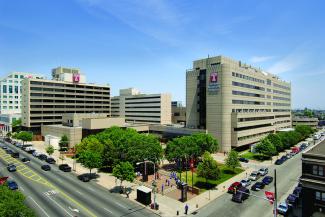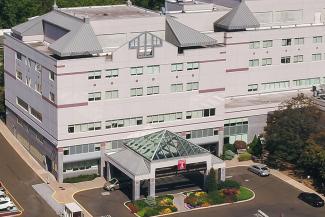An arrhythmia is a problem with the heartbeat rhythm arising from issues with the heart’s electrical impulses. Sometimes a mild, well-timed electrical shock to the chest (electrical cardioversion) can reset those electrical impulses and stop arrhythmias. This is often a second step after drug therapy for atrial fibrillation or flutter—fast or irregular heartbeats that start in the heart’s upper chambers (atria).
Cardioversion is normally a scheduled, outpatient procedure for people whose arrhythmias put them at risk for serious heart problems in the future. It is performed under sedation, and the patient is completely asleep. Patches and paddles are placed on the patient’s chest to monitor the heartbeat, and then used to deliver an electrical shock synchronized to the heartbeat, and delivered at a precise juncture; this “resets” the heartbeat back to a regular rhythm. The electrical current used for cardioversion is much milder than that used for emergency defibrillation, and is not painful.

